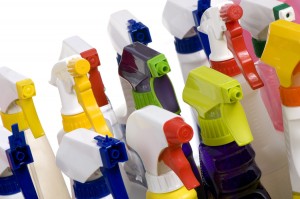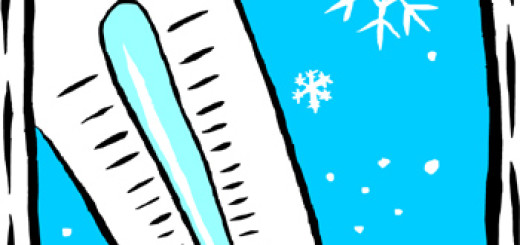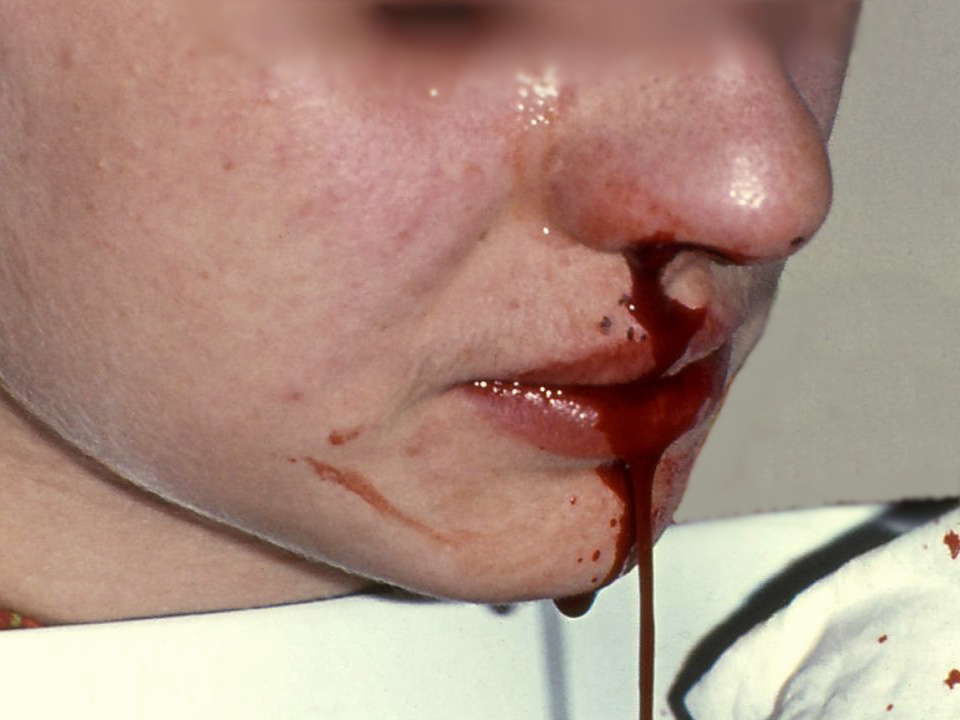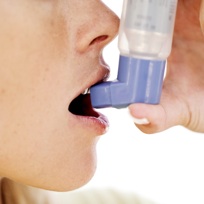First aid tip: first aid for chemical burns
There are a wid
Generally, burns can be classified into three different categories of severity.
1) Superficial – this is when only the top layer of skin has been damaged. These are the most minor burns. Often the only sign is a reddening of the skin. Minor sunburn falls into this category of burns.
2) Partial thickness – these burns cause blisters in the skin due to the damaged tissue releasing fluid.
3) Full thickness – this is the most serious type of burn. In a full thickness burn, every layer of the skin has been affected and the underlying bone, muscle or fat may have also been damaged.
Chemical burns nearly always are partial thickness, and in severe cases can be full thickness. Hence, prompt first aid intervention is incredibly important.
First aid for chemical burns
Step 1: Check for any dangers to yourself. The chemicals that caused the casualty’s injuries could also pose a danger to you. Try to establish what caused the burn and how safe the chemicals are. If you are in an enclosed area, move the casualty outside or open windows to prevent the build up of fumes. Wear disposable gloves.
Step 2: Cool the burn with copious running water for at least 15 – 20 minutes. Ensure that you do not come into contact with the water used to cool the burn as it may contain the harmful chemical.
Step 3: If any clothing has come into contact with the chemical, it should be removed providing it isn’t sticking to the burn. Try to identify the chemical involved and its container.
Step 4: Cover the burn with a sterile, non-fluffy first aid dressing. If no dressing is available, then improvise. Good items to use include cling-film and plastic bags.
If the burn is serious, the casualty shows signs of shock or the casualty becomes drowsy/looses consciousness then call an emergency ambulance immediately. If a large chemical spill has occurred then also ensure the fire brigade and police have also been informed.
If you become exposed to the chemical involved then you should seek medical advice immediately.





